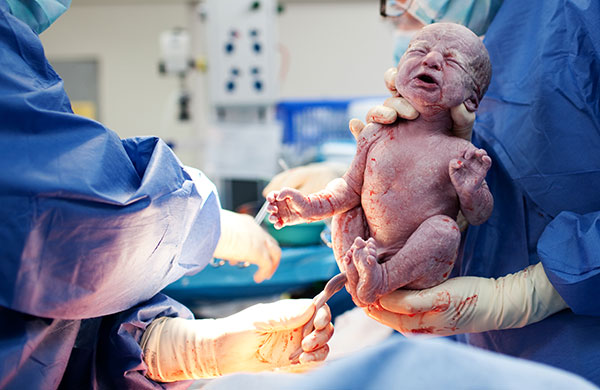Anonymous
- For healthcare professionals
- Improve treatment of dystocia
- AFL® Monitoring – the solution for dysfunctional labour
-
- Solutions for AFL® monitoring
- AFL® measurement
- Clinical evidence
- Customer testimonials
- Product
- For women about to give birth
- To give birth
- The uterus – a fantastic muscle
- Lactate
- AFL® measure lactate
- Oxytocin hormone
- Oxytocin – not for everyone
- Oxytocin affecting human behaviour
- The AFL® method
- Lactate
- Prolonged birth
- Giving birth after a very long time
- Acute C-section
- Voices about prolonged labour
- The uterus – a fantastic muscle
- Safer births
- Giving birth on your own terms
- Support in the delivery room
- CTG measurements
- The AFL® method in the delivery room
- A partogram
- A unique window
- About ObsteCare
- Media
- Svenska
Acute c-section
”Sometimes I feel bad about myself. Then I remember I was cut open for a c-section and then I realize that I am a bad bitch.”
The midwife and obstetrician are following your delivery. If it stalls, and there are growing signs of distress for either the baby or you, they can make a decision to do an acute c-section. Almost half of all caesareans are acute, and some of the most common causes are changes to the baby’s heart beats or a much prolonged delivery or other causes such as bleeding etc.
If the conditions are life threatening this will be deemed a grade 1 c-section, where doctors must get your baby out within 30 minutes (UK guide lines) after the decision is made. Usually the mother has general anaesthesia during this process.
A grade 2 c-section has a 90 minute horizon (UK guide lines), and the mother will usually get a regional anaesthesia in the spine or epidural and can be more present with her partner during the birth of the child.
The c-section is performed through the abdominal wall and then the uterus, and the baby is taken out of the womb. That is the medical part.
For you, as a mother giving birth, an acute caesarean can feel both like a relief, as hugely dramatic or worrying. After a long and tough labour, your delivery will enter another phase, and become more “medicalised”. After the birth you can feel both tired from your prolonged labour and the complications following a c-section.
You might feel you had twice the work and suffering, even if you feel relieved your baby was safe. After the birth the midwives will support you having an experience that resembles the vaginal birth experience. They will put the baby at your breasts and let you and your partner meet it as soon as possible.
The AFL®-method can give an earlier indication if an acute caesarean might be needed. This can save drama and suffering for both parents and the baby.

« Go Back
